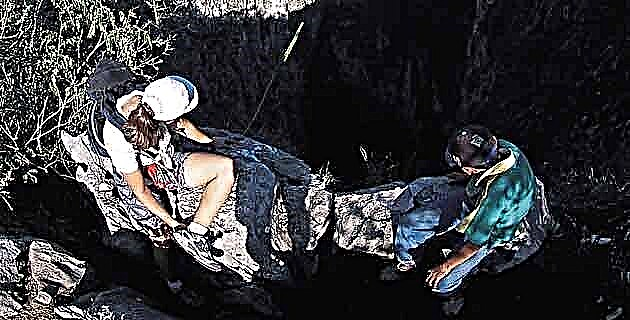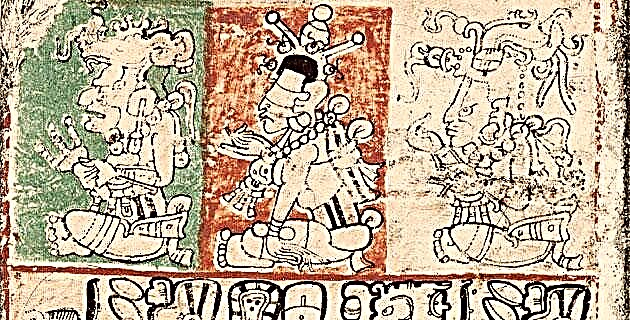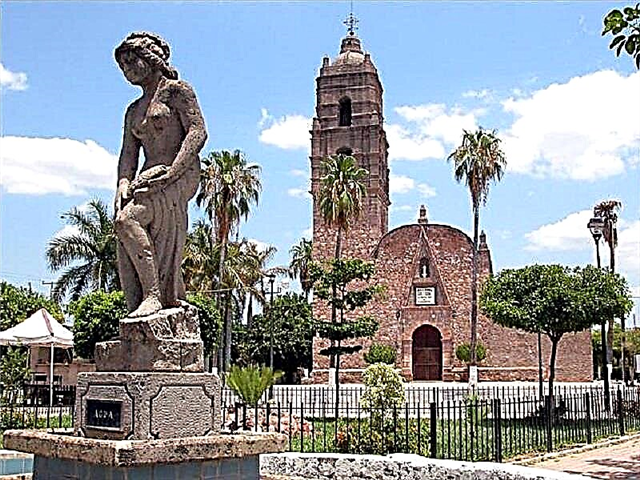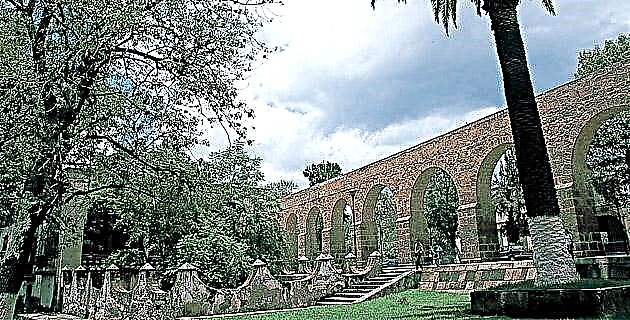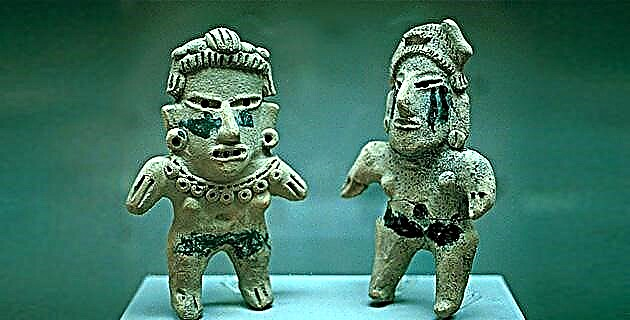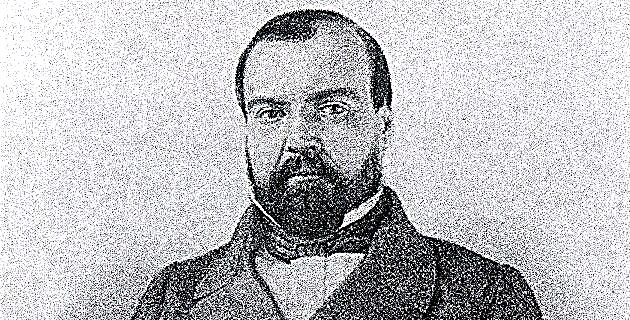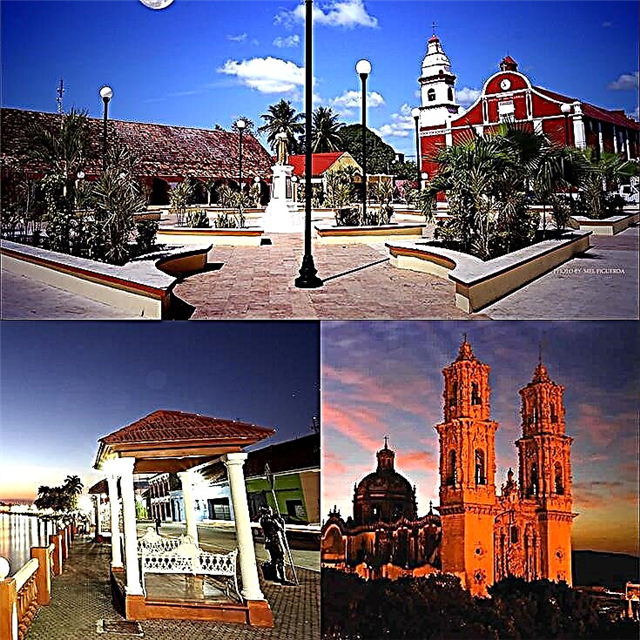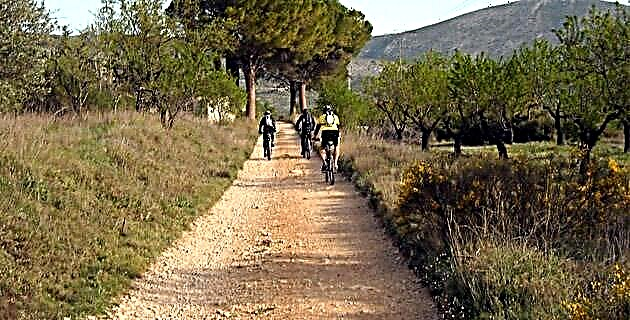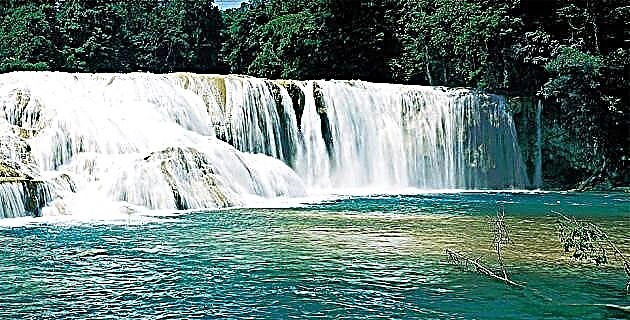
The Chiapas jungle is one of the most fascinating regions to explore: it is a place of rushing rivers and it seems that Chac, god of rain, settled in this extensive 200,000 km2 wooded area to create a gigantic water garden.
The Pachila or Cabeza de Indios, as it is called here, is one of the most beautiful rivers on the planet since after forming five beautiful waterfalls it pours its opalescent blue waters into the green and mysterious Xumulá.
The first thing we do to prepare our expedition is to fly over the Xumulá course to learn more about its origin, since we only know that in Chol its name means “a lot of water coming out of the mountain”, and in fact from the air we We realize that this river cuts the mountain in two, becomes boxed in and suddenly disappears as if it were swallowed by a giant vault to emerge further in front of the bowels of the earth and form rapids that carry a volume of water of 20 m3 per second, and they rush into a natural tunnel that seems totally inaccessible.
In single file, guided by the Tzeltals of that area, we walk down a muddy slope that becomes steeper and steeper and forces us to use machetes with greater force. A few hours after having passed through the town of Ignacio Allende and after a heavy walk, we reached the top of the canyon where the Xumulá river explodes furiously from rock to rock before rushing down. There we clear a clearing to set up the camp where we are going to stay for 18 days of exploration and filming.
The first thing we did after settling in, was to find a way to access the river and for this we went down the vertical walls of the ravine, taking great care not to confuse the rope that supports us with any of the vines that we have to cut to advance: strenuous work in such a hot and humid environment. Then we go up the river and after passing a bend we reach the boquerón, which we try to swim through, but the current, too violent, prevents us, so we reach the shore knowing that exploration on this side is not possible.
In the second attempt to find an access we arrive on top of a rock bridge where 100 m below the Xumulá gets into the earth. In the middle floor of the bridge, a tributary pours its waters like a liquid curtain in the main course, and mist and humidity reign in the place. The rope slips on the pulley and as we go down the roar increases, becomes deafening, and the waterfall splashes on the wall of the huge funnel. We are at the entrance to the basement: the mouth of hell ... In front, in a kind of pot of 20 m in diameter, the water gurgles and prevents us from passing; beyond that, a black hole can be seen: there the unknown begins. We wonder how far this turbulent liquid will take us?
After a series of pendulum crossings, we managed to find ourselves on the other side of the diabolical kettle, at the entrance to the dark and smoky tunnel where the violent current of air sucks in the drops and makes it difficult for us to glimpse what is next due to the water that hits us. We look up at the ceiling, we see some logs stuck at a height of 30 meters and our imagination begins to work on what would happen if there were a downpour upstream: a flood of this magnitude and we become unidentified floating objects.
Cautiously, we approached the river. The liquid mass is compressed into a two meter wide corridor, a ridiculous space between two vertical walls. Imagine the force of the current wrinkling the surface of the water! We hesitate, the noise assails us, we pass the last knot of the safety rope and we are dragged like the shell of a walnut. After the first impression we try to brake but we cannot because the walls are smooth and slippery; the rope glides at full speed and in front of us there is only darkness, the unknown.
We have advanced to use the 200 m of rope that we carry and the river remains the same. In the distance, we hear the roar of another waterfall as the gallery seems to widen. We feel that our heads are rumbling because of the noise and our bodies are soaked; it's enough for today. Now, we must fight against the current, knowing that each stroke brings us the light.
The explorations continue and life in the camp is not very restful to say, since every day 40 liters of river water have to be raised by 120 m of vertical walls. Only rainy days save us from this task, but when it continues, everything turns to mud, nothing is dry and everything rots. After a week in this extreme humidity regime, the film material is decomposed and fungi develop between the lenses of the camera objectives. The only thing that resists is the spirit of the group because every day our explorations take us further in an ever-expanding gallery. How strange to sail like this under the jungle! The ceiling is barely discernible and from time to time the noise of a torrent scares us, but they are only tributaries that fall through fissures in the cavern.
As we had run out of 1,000 m of rope we were carrying, we had to go to Palenque to buy more in order to use it when we were against the current, and when we got back to the camp we had an unexpected visit: the inhabitants of the the retired town of La Esperanza, which is on the other side of the ravine, they were waiting for us armed with machetes and rifles; they were very many, they seemed angry and few spoke Spanish. We introduce ourselves and ask them why they are coming. They told us that the entrance to the sinkhole is on their lands and not on those of the other town as they had told us. They also wanted to know what we were looking for below. We told them what our goal was and little by little they became more friendly. We invited some to come down with us, which caused an explosion of laughter, and we promised to pass them to their village when we finished the exploration.
We continue our forays and navigate the incredible gallery again. The two boats follow each other and the camera files what can be seen through a curtain of steam. Suddenly, we come to a stretch where the current is calm and while we row in the dark we are unwinding the rope that is our umbilical cord. Suddenly, we pay attention because rapids are heard ahead and we are vigilant. Through the noise, strange cries are heard that catch our attention: they are swallows! A few more paddles and a bluish light is barely visible in the distance. We can't believe it… the exit Hooray, we've made it through!
Our scream resounds in the cavity and we will soon sink with the whole team. We were dazzled by the sun's rays, and we all jumped into the water with excitement and excitement.
For 18 days, the Xumulá River made us live exciting and difficult moments. It was two weeks of exploration and filming in this underground river, the most incredible in Mexico. Due to so much humidity and so much steam we do not know what was filmed, but we are hopeful that we have saved something despite the adverse weather.
The swallows come to greet us for the last time. We are happy because we managed to get the Xumulá to reveal its well-defended secret. Before long, the clearing of our camp will be overrun with vegetation again and there will be no more traces of our passage. Until when? Now we think about the party with the people of La Esperanza. How to tell them that the treasure found was when the dream came true? The rain god did not fool us Thank you Chac!

